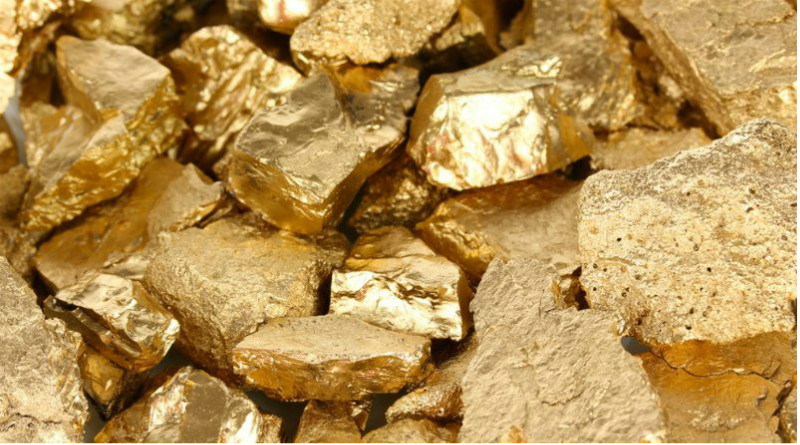RAW minerals continue to dominate Zimbabwe’s export list amid calls by experts for the government to expedite value addition and beneficiation of the precious commodities.
The Reserve Bank of Zimbabwe (RBZ)’s latest monthly economic review for February 2021 shows that the country’s merchandise exports amounted to US$340.8 million, a 20.5% increase from US$282.9 million recorded in the prior month.
“Compared to the corresponding month in 2020, the February 2021 outturn was 6.8% lower. Developments in the country’s merchandise exports for the period from February 2020 to February 2021.
“The marked increase in monthly exports was underpinned by improvements in mineral export earnings. Notably, the Platinum Group Metals (PGMs), gold and ferro-chromium recorded monthly increases of 26.2%, 40.1% and 75%, respectively,” the update said.
The central bank attributed the surge to investor optimism about global economic recovery due to mass vaccination rollouts.
Topping the list is the platinum group of metals constituting 42.2 % of the exports, gold 22.9%, ferro- chromium 6.8%, Industrial Diamonds 5.1%, coal 1.1% and chromium ore 1%. During the month of February 2021, the country exported the bulk of its products to South Africa (33.7%), followed by the United Arab Emirates (24.9%) and Mozambique (12%).
The current trends continue to manifest at a time when Zimbabwe is targeting a four-fold increase in revenue from minerals by 2023.
The policy document entitled the Strategic Road to the Achievement of US$12 billion by 2023, sees gold exports at US$4 billion and platinum at US$3 billion as the government focuses on “value addition, enhanced investment within the sector, increased productivity and employment creation and increased exports and foreign-currency generation.
However, experts in the mining sector have criticised the document for failing to mention of an eagerly awaited overhaul of the country’s mining legislation that would be crucial in attracting foreign investment to the industry.
Speaking to The NewsHawks, Southern Africa Resource Watch executive director Claude Kabemba urged the authorities to prioritise the revamping of mineral value chains.
“The country exports raw materials. This is a very disadvantageous model which was inherited from colonialism. For Zimbabwe to draw optimal benefits from its minerals, it needs to achieve the seminal linkages along the value chain. Without developing the local content, it is not possible to fully benefit,” he said.
Asked on the potential envisaged in the US$12 billion mining economy roadmap, the mining expert hinted that the broad strategy is rather opaque.
“Value addition requires a plan, investment and skills. Also you need to prioritise. You can’t add value to all the minerals at the same time. What minerals can you start with? Is it diamonds, gold or platinum or lithium?” he questioned.
Zimbabwe is home to the world’s third-biggest reserves of platinum group metals, and a reinvigorated extractive sector would go a long way in propelling an economic turnaround.















